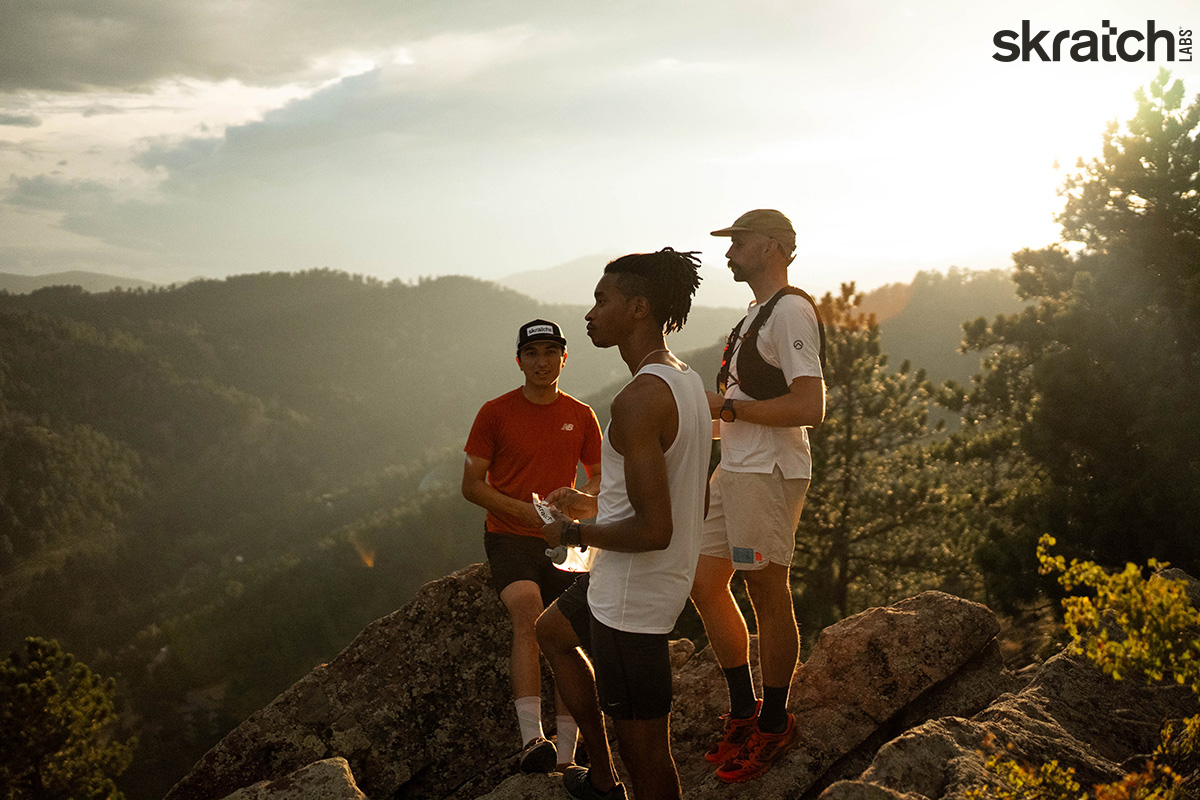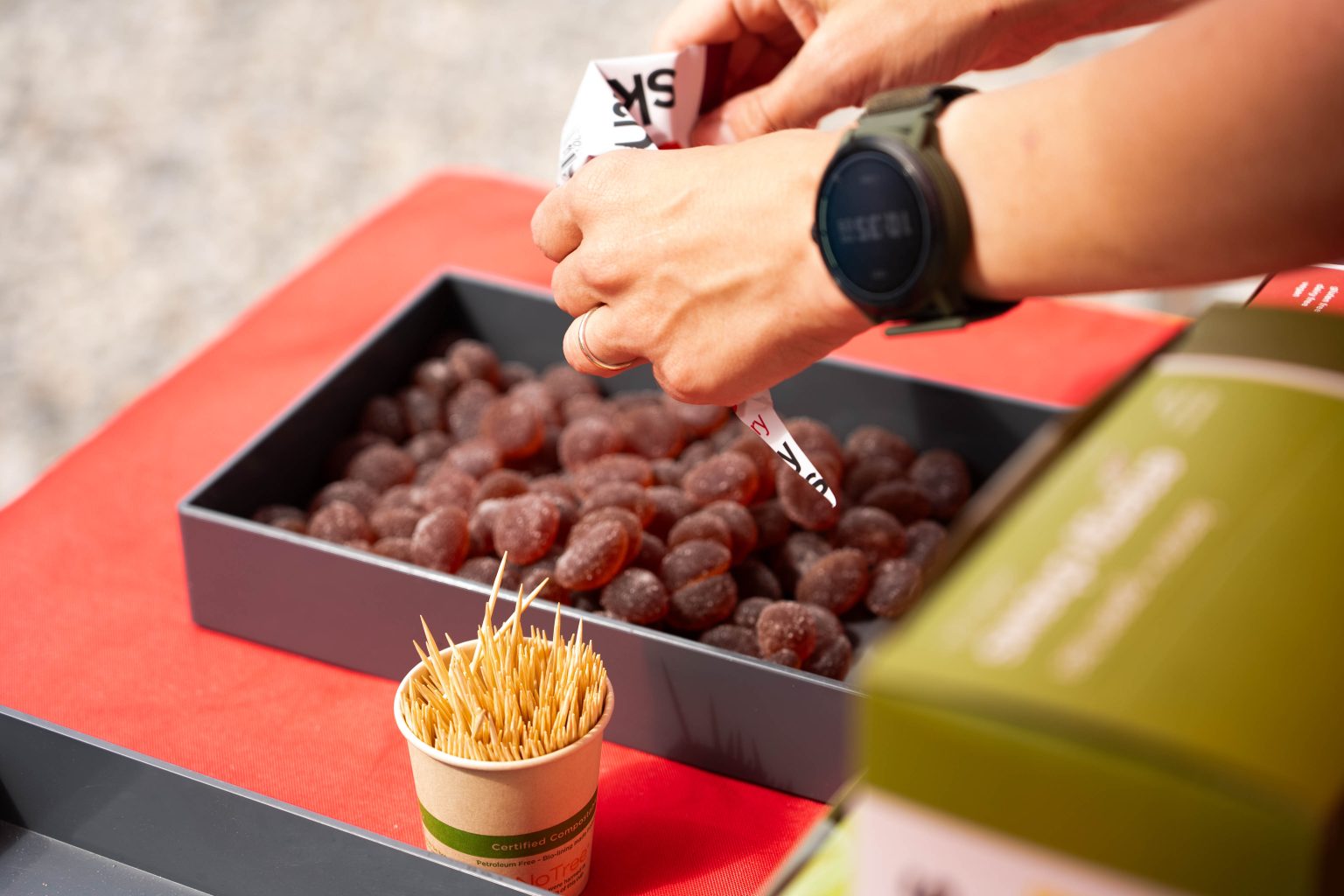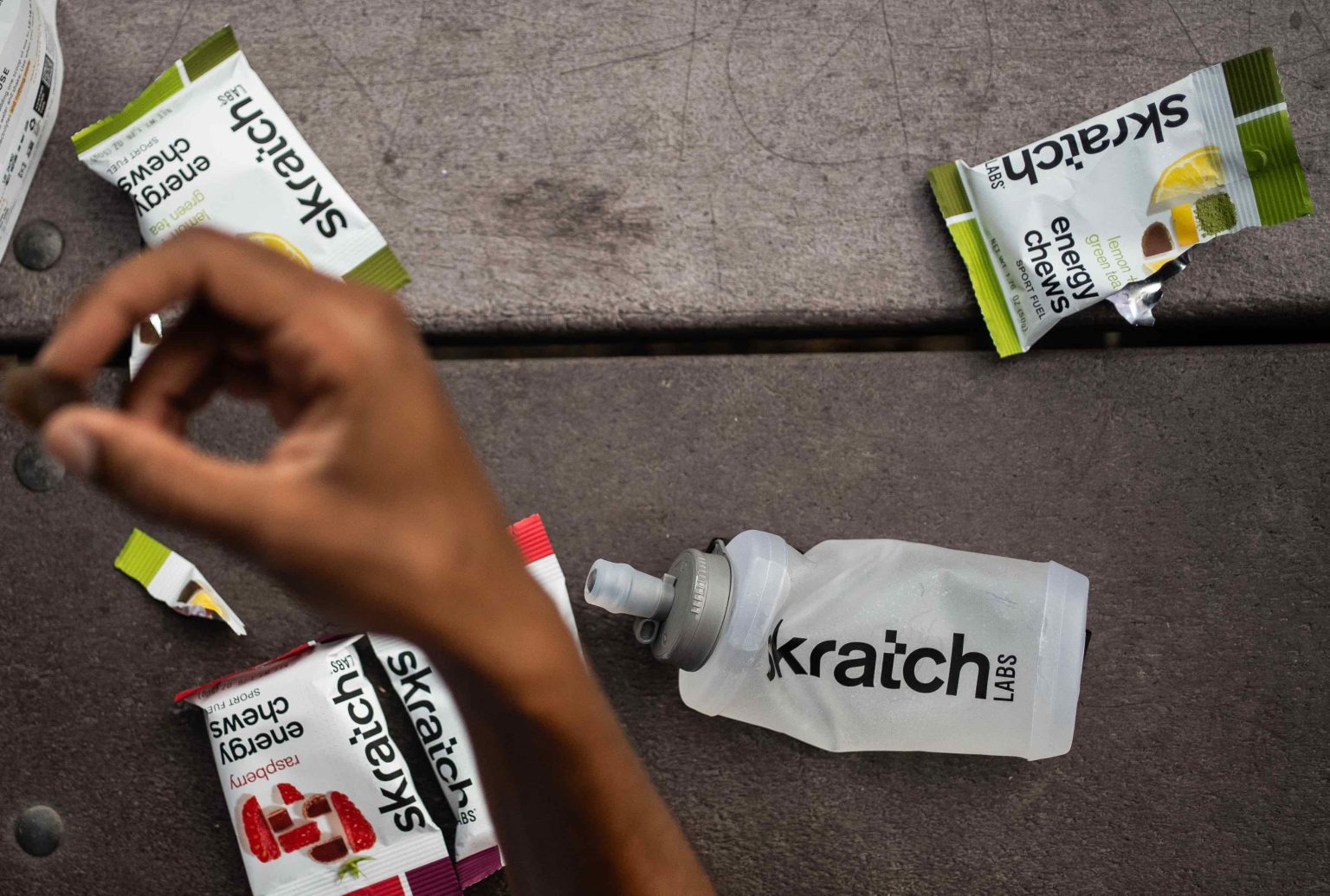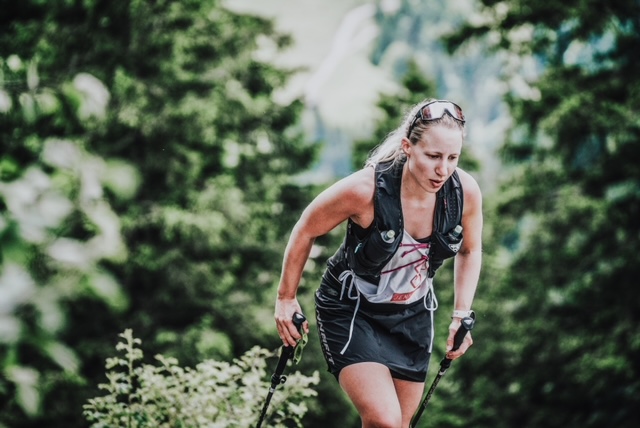How Skratch Labs Energy Chews help be successful at Everesting
A total of 60 kilometers and 8848 vertical meters – that’s not just a long day out. It’s a real adventure that pushes the body and mind to their limits. To conquer this symbolic “Everest”, you need more than just strong legs: If you want to fight your way through this extreme event, you need to provide targeted energy along the way, take the strain off your stomach and stay mentally alert. This is exactly where simple carbohydrates,
tasty products and cleverly dosed caffeine come into play.
Products such as Skratch Labs’ Energy Chews were developed precisely for such situations – they provide energy, are easy on the stomach and taste pleasant even hours later. But how exactly do these elements work on the go?

Fast energy: why simple carbohydrates are crucial
During a run of this length and gradient, the body works at full speed – for many hours. It is not enough to rely solely on the body’s own glycogen stores. A continuous supply of energy is required, for which easily digestible carbohydrates such as glucose and fructose are well suited. The body can absorb them directly in the small intestine and quickly convert them into energy. A sophisticated ratio of these types of sugar ensures that both transport routes in the intestine are used simultaneously – this increases the amount absorbed and reduces the risk of
digestive problems.
One pack of Energy Chews provides 36 grams of carbohydrates. That doesn’t sound like a lot, but as the upper limit of absorption is around 100 grams per hour, these Chews can be optimally integrated into a nutrition strategy. It is important to note that this figure is not a rigid rule, but depends heavily on individual energy consumption – and at 8848 meters altitude this is definitely enormous.
If you run such distances, you should regularly consume carbohydrates during the event, preferably every 20 to 30 minutes – not just when you get hungry. This is the only way to maintain a constant energy level.
When sweetness becomes torture: Avoiding taste fatigue
During long competitions or events such as the Alpin8, taste becomes an underestimated factor. Because at some point, the sweet, artificial taste of many sports products can literally turn your stomach. To prevent this from happening, the Energy Chews have been developed to be less sweet, easier to chew and more natural in taste.
The addition of water not only makes these chews softer, but also around 15 % less sweet – which makes all the difference, especially at an event that lasts for hours. Less sweetness means more long-term tolerance for the palate and stomach.
Another advantage: the use of real fruit instead of artificial flavors ensures a subtle, natural taste that remains pleasant even after several hours. At the same time, there are no hard-to-digest additives such as waxes, colorants or superfluous vitamins that could put additional strain on the stomach.
A fine, slightly acidic sugar coating made from malic acid and granulated sugar ensures that the Chews do not stick together and stimulates salivation – a small but effective trick to prevent chewing becoming a pain even when you are exhausted.
In addition, alternating between drinks, chews and bars can help prevent boredom and keep the stomach happy by balancing different carbohydrate sources. Research suggests that strategies for a varied diet improve both energy intake and gastric well-being.

Caffeine: stay awake when your head gets tired
With a total of 60 kilometers and 8848 meters of altitude, physical fitness alone is not enough – you also have to stay mentally alert with every step. Caffeine can be the decisive factor, especially in the final hours when your energy reserves are running low and the darkness or monotony sets in.
Caffeine affects both the muscles and the central nervous system. Studies show: In moderate doses, it can help to stabilize or even increase performance. But beware: more is not automatically better. While doses of around 50 mg per hour are well tolerated, excessive amounts can lead to nervousness, stomach problems or a drop in performance.
For a long ultra with altitude meters like this, it makes sense to spread small doses of caffeine over several hours – ideally 1-2 mg per kilogram of body weight in total. For a 70 kg athlete, this would be 70-140 mg spread over the day. This strategy is particularly helpful during night runs or in the last third of the race, when tiredness and mental exhaustion threaten to take over.
Very important: caffeine strategies should be tested in training beforehand. Every body reacts differently – and competition is not the right time to experiment.
Conclusion
Ultimately, the use of energy-rich foods such as simple sugars is a question of context. They are ideal when we are on the move for long periods of time – such as during an ultra-run with high exertion. But in everyday life, during short training sessions or at rest, this type of energy source is less useful.
But 17 times 3.5 km up the mountain and a total of 8848 vertical meters is no normal event – it’s a real borderline experience that you can be incredibly proud of. If you want to reach the finish line, you need more than willpower: a well thought-out supply strategy with quickly available carbohydrates, flavored products and well-dosed caffeine can be decisive. Because if you eat wisely on the go, you stay focused and efficient for longer – and reach the finish line safely.

Text: Noémi Sprich
Images: Skratch Labs



